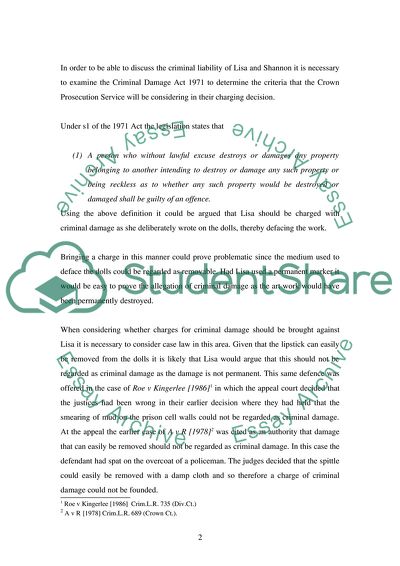Cite this document
(Criminal Liability Under the Criminal Damage Act 1971 Assignment - 2, n.d.)
Criminal Liability Under the Criminal Damage Act 1971 Assignment - 2. https://studentshare.org/law/1717577-criminal-law
Criminal Liability Under the Criminal Damage Act 1971 Assignment - 2. https://studentshare.org/law/1717577-criminal-law
(Criminal Liability Under the Criminal Damage Act 1971 Assignment - 2)
Criminal Liability Under the Criminal Damage Act 1971 Assignment - 2. https://studentshare.org/law/1717577-criminal-law.
Criminal Liability Under the Criminal Damage Act 1971 Assignment - 2. https://studentshare.org/law/1717577-criminal-law.
“Criminal Liability Under the Criminal Damage Act 1971 Assignment - 2”. https://studentshare.org/law/1717577-criminal-law.


